Deck & Commander Strategies
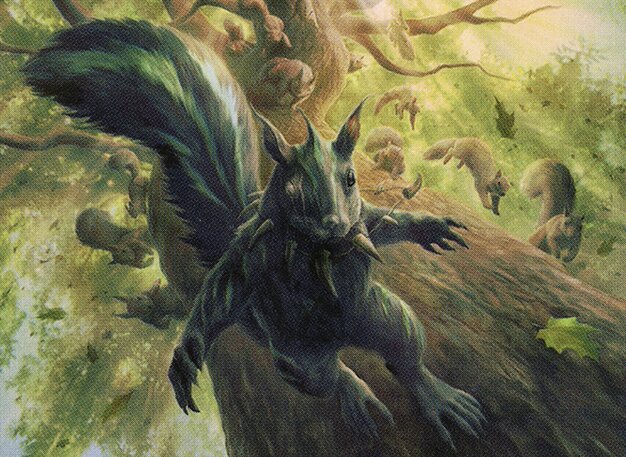
Chatterfang, Squirrel General
Generate a large number of squirrel tokens and leverage synergies to create a wide board presence that can overwhelm opponents through combat damage or infinite combos involving squirrels.
Calamax, the Stormsire
Cast multiple spells in a turn to build a high storm count, copying spells with Calamax’s ability to execute a powerful storm combo for a quick win.
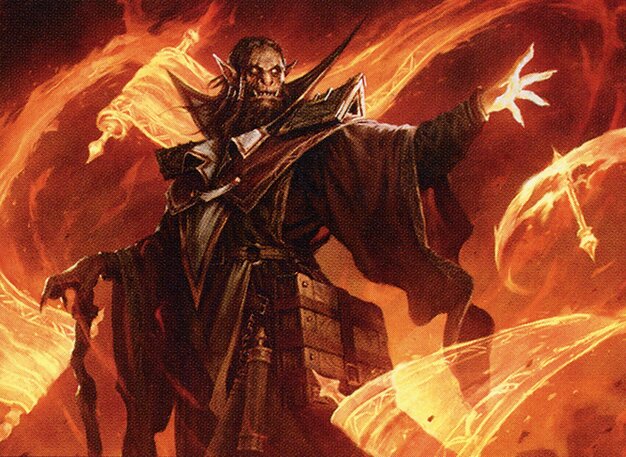
Plargg, Dean of Chaos // Augusta, Dean of Order
Use reanimation to bring back big creatures like angels and Eldrazi from the graveyard, aiming for mid to late-game board dominance via resilient threats.

Miara, Thorn of the Glade
Deploy efficient Mardu-colored creatures focused on early pressure and card advantage, with a splash of Ad Nauseam to dig for key pieces and maintain tempo.

Lurrus of the Dream-Den
Goblin tribal aggression paired with recursion provided by Lurrus, focusing on quick, consistent board presence and synergy to chip away at opponents.
Gameplay Insights
- 1
Calamax’s ability to tap and copy spells was pivotal in increasing storm count quickly, allowing for a powerful and fast combo finish.
- 2
Chatterfang’s token generation created a threatening board state that forced opponents to divert resources to board control rather than advancing their own game plans.
- 3
Plargg’s reanimation strategy effectively shifted the game’s momentum in the mid to late game by bringing back high-impact creatures that were difficult to remove permanently.
- 4
Miara’s use of low-cost creatures combined with Ad Nauseam provided a balance of early aggression and card advantage, helping maintain pressure while digging for answers.
- 5
Lurrus’s tribal synergy and recursion kept consistent pressure on opponents but struggled to keep pace with the higher-powered combo and token strategies at the table.
Notable Cards
-

Chatterfang, Squirrel General
-

Plargg, Dean of Chaos // Augusta, Dean of Order
-
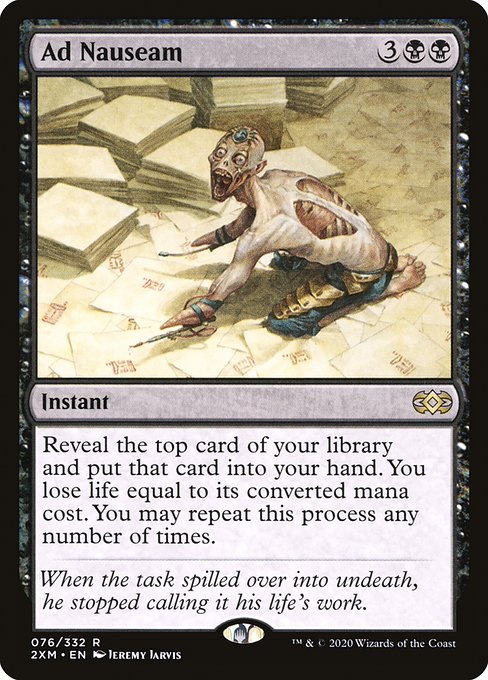
Ad Nauseam
-
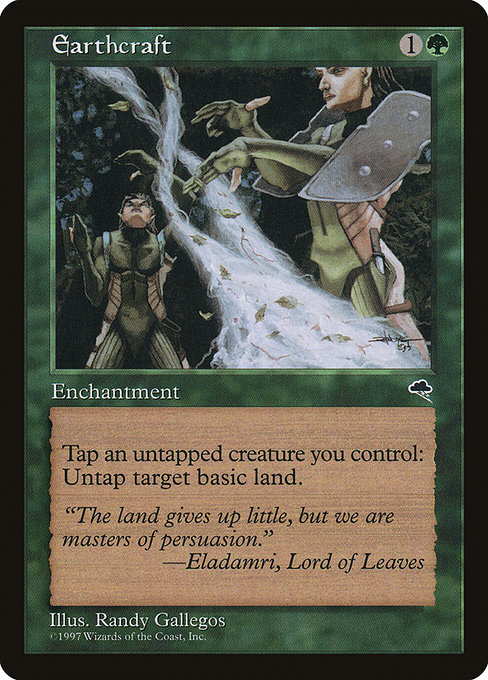
Earthcraft
-
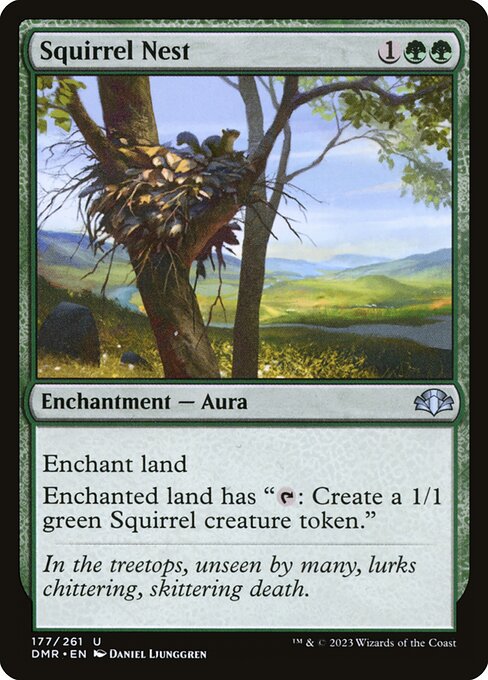
Squirrel Nest
-
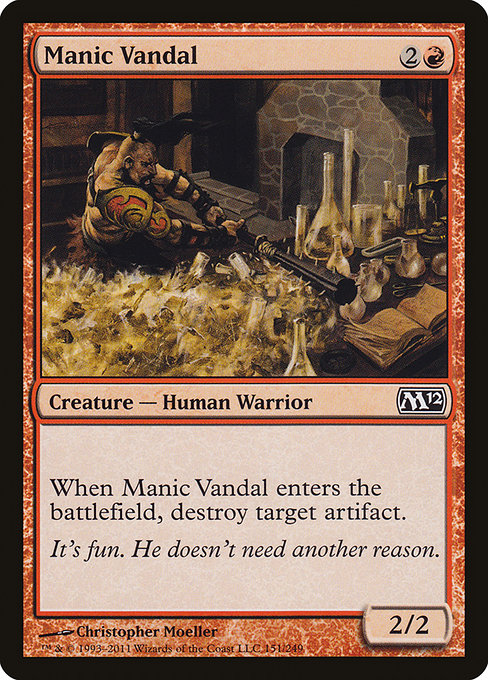
Manic Vandal
-
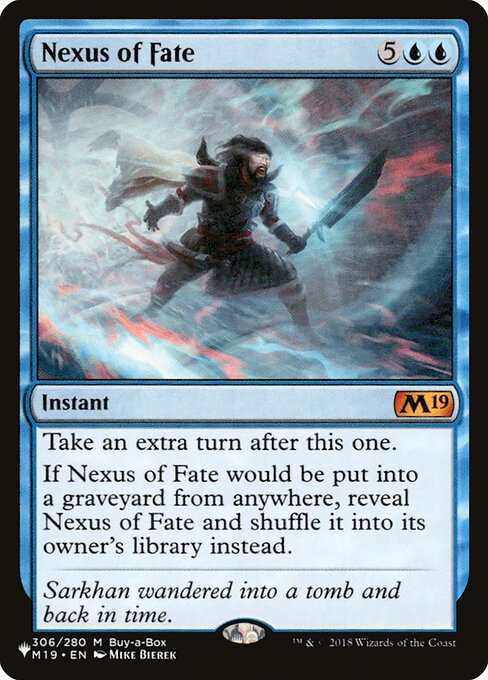
Nexus of Fate
Gameplay Summary
The game featured a dynamic clash between five distinct Commander decks, each bringing unique strategies and power levels to the table.
Early on, Calamax’s storm deck sought to build momentum by casting and copying multiple spells to ramp up storm count and take over the game quickly.
Meanwhile, Chatterfang aimed to flood the board with squirrel tokens, leveraging token generation and synergies to create a wide and threatening board state.
Plargg’s red-white reanimator deck focused on summoning large creatures and using reanimation to maintain board presence, aiming for a mid-game dominance around turn five.
Miara’s Mardu deck, packed with efficient low-cost creatures and a splash of Ad Nauseam, sought to pressure opponents with fast tempo and incremental card advantage.
Lurrus’s goblin tribal deck provided a more casual but consistent threat of fast, aggressive creatures and synergy plays.
As the game progressed, key moments included Calamax successfully copying spells to storm out and attempt a lethal combo, while Chatterfang’s squirrel army grew massive, posing a lethal threat through combat damage.
Plargg’s reanimator strategy created a late-game swing by bringing back powerful creatures, forcing opponents to deal with a resilient board.
The game’s tension arose from balancing these aggressive and combo-centric strategies, with the eventual win condition revolving around either storming off with Calamax or overwhelming with Chatterfang’s token horde.


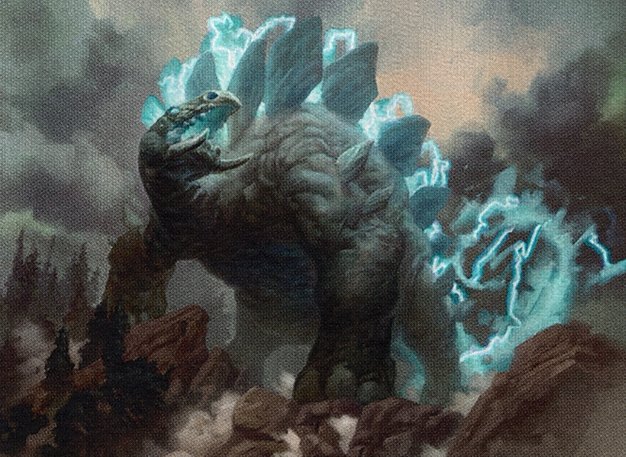





























![Saskia Aggro vs. Mono Black Control [Duel Commander-EDH] - Magic: The Gathering thumbnail](https://i.ytimg.com/vi/0MHeOud1aRY/sddefault.jpg)























